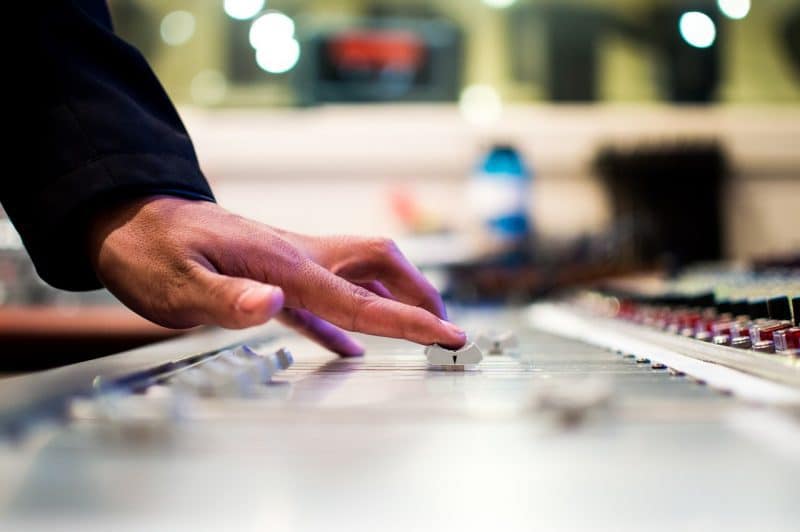
Audio Engineer (or Sound Engineer) – someone who records, edits, mixes, or masters audio. Usually works in a studio or live concert setting.
Bounce – Another word for export. If you are “bouncing a track,” that means you’re just exporting a session into a listenable format, like an mp3 or wav file.
BPM – Beats Per Minute. It’s the tempo of the song.
Listener fatigue – The natural degradation of the accuracy of the human ear over several hours of listening. The ear is like a muscle – when it is used a lot, it gets tired. When a mixer reaches the point of listener fatigue, he or she needs to rest their ears, or they will start to make poor mixing choices as their ears are no longer accurate.
Looping – Repeating a section of a song over and over again.
Mute – An action that stops the sound of a channel from playing.
Sample – This refers to 1) a short section of music taken from one recording and repurposed in another, or 2) the smallest unit of measurement in digital sound.
Sample rate (or resolution) – A setting that determines how accurately audio that is being recorded onto a DAW is encoded. The higher the sample rate, the higher the sound quality of the recorded audio. However, it also leads to larger file sizes for the audio files.
Signal flow – Where a signal travels from the input of a system to the output. For example, the average signal flow of a sound would be the microphone, then the audio interface, then the DAW, then the performer’s headphones.
Solo – An action that temporarily mutes all sounds other than the one currently selected. Only the soloed sound is heard.
